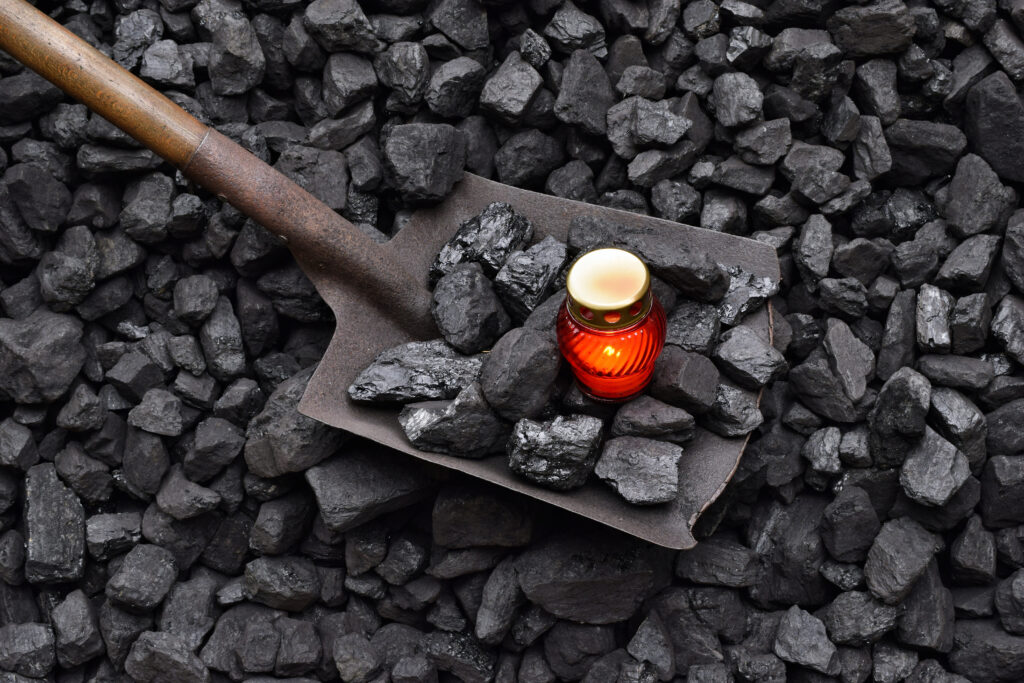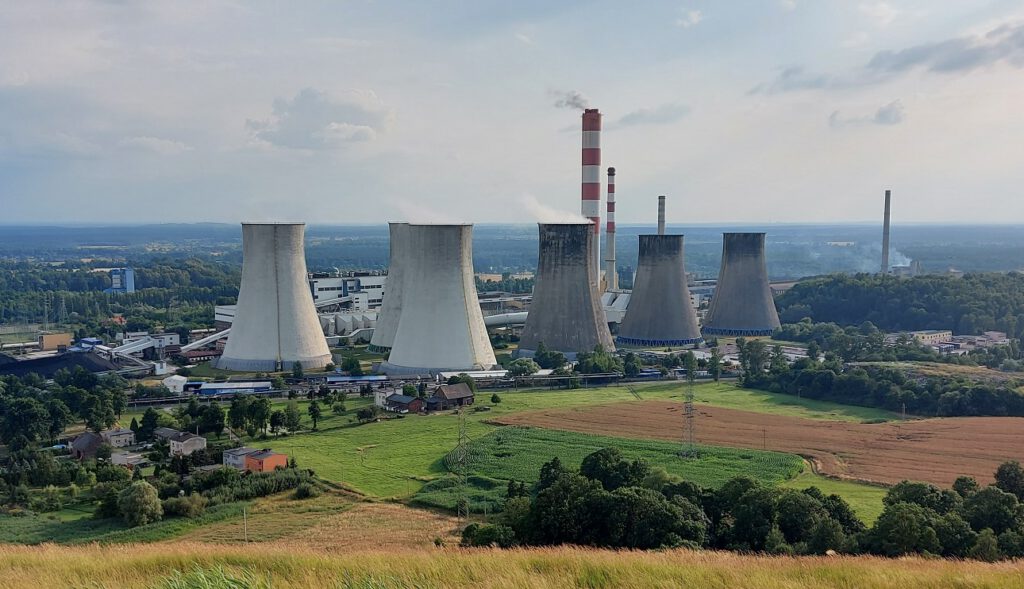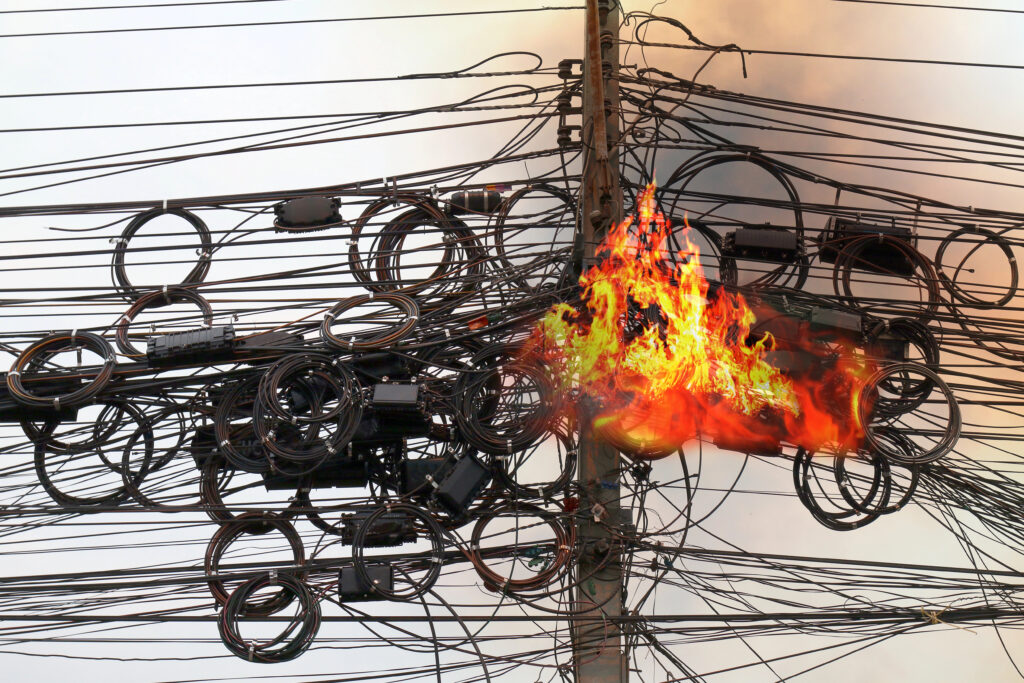Spis treści
The latest, more ambitious version of the National Energy and Climate Plan (KPEiK) envisions that coal consumption in the power sector will be halved by 2030.
WysokieNapiecie.pl has reviewed the ambitious climate policy scenario, which is expected to be completed this week. This is the actual version of the National Energy and Climate Plan that, according to EU regulations, the government must send to Brussels. The previous, more conservative version was sent by the government somewhat half-heartedly because the PiS government did not send any, prompting the European Commission to initiate proceedings against Poland.
The Commission has provided feedback but primarily expects the Polish government to send the correct version that incorporates EU goals—namely, reducing CO2 emissions by 55% and achieving a 42.5% share of renewables in electricity production.
The Plan is Ambitious
The Polish KPEiK, developed with models created by the Energy Market Agency and the National Center for Balancing and Managing Emissions (KOBIZE), has an even longer horizon than the EU requirements, extending to 2040.
The most politically sensitive issue is, of course, the future of coal-fired power plants and the related fate of mining. Polish coal mines produce almost exclusively for the domestic market and have no chance of exporting their product due to high costs.
The previous government promised trade unions an unrealistic plan to close mines by 2049, without considering that there would be no demand for the extracted coal. As the capacity of wind and solar power plants increases, coal-fired power plants operate less and less each year, burning less coal annually.
Coal Melts Like Snow in Spring
Let’s look at the latest forecasts from KPEiK. In 2023, coal consumption in power plants reached 24 million tons, with an additional 13 million tons in district heating and cogeneration plants.
According to the KPEiK model, by 2030 power plants will burn only 16-17 million tons, with total coal consumption in the power sector dropping to just 25 million tons. By 2035, power plants will burn 8 million tons, and by 2040 only 3 million tons. Remember, according to the so-called social agreement, extraction was supposed to exceed 30 million tons in 2030.
The new forecasts imply that within five years, only a few of the best mines—Bogdanka, ROW, PG Silesia, and perhaps one or two more—will remain. The rest are slated for closure, as maintaining them in the absence of demand for coal will cost 20-30 billion PLN annually.
Coal-fired power plants will disappear much faster than in all previous government projections. Currently, there are 16 GW of hard coal power plants and 8 GW of lignite power plants in the system. By 2030, hard coal capacity will reach 11 GW, while lignite will be 6-7 GW. Then, the decline will accelerate—by 2035, hard coal power will be reduced to 6-7 GW, and lignite to just 3.5 GW. Half of Bełchatów and Turów.
In 2023, the average coal-fired power plant operated about 4,000 hours a year (a year has 8,760 hours). According to forecasts by Grzegorz Kotte, former deputy head of Enea Wytwarzanie, by 2030 it will operate less than 2,000 hours. KPEiK is slightly more “lenient” on coal plants—projecting 2.9 thousand hours of operation in 2030 with a production of 13 TWh, and an average of 2.5 thousand hours in 2035. But this still does not align with the plans from the “social agreement.”
The Minister Knows but Will Not Say
According to our information, the data from KPEiK has already been presented by Climate Minister Paulina Hennig-Kloska at KERM. Industry Minister Marzena Czarnecka is also aware of it, though she publicly insists that the “social agreement” is still valid. In reality, she has shown other ministries more realistic scenarios for coal consumption, which are still being developed in her ministry. Union leaders are likely also aware, which is why, for example, Bogusław Ziętek, head of one of the trade union centers, recently spoke about a voluntary redundancy program for miners, although he did not mention whether it would be linked to mine closures.
One thing is certain—neither the Ministry of Industry nor the trade unions are telling miners the truth about the mine closure schedule. KPEiK could be a wake-up call; the question is how many miners will read it.
Green Riding Over Black
KPEiK assumes a very optimistic scenario for the development of renewable energy sources. By 2030, onshore wind power capacity is expected to double to 19 GW. The return of the 500-meter distance requirement (currently 700 meters) is expected to help, but this will likely only be possible after the presidential elections if a politician favorable to the wind industry wins.
Even if this happens, building such a number of wind turbines in four years would be a tremendous achievement—given the Polish administrative procedures, skepticism is unavoidable. In the following years, growth is expected to be slower, by 3-4 GW every five years. This seems like a more realistic scenario.
Offshore wind farms raise fewer social controversies but are more expensive to build and require significant logistical efforts. The new version of KPEiK does not differ from the previous one—it’s moderately optimistic. By 2030, 6 GW should be installed, with an additional 6 GW added every five years. This seems feasible, but the cost and the incentives the government will need to offer to attract investors remain questions.
Photovoltaics (PV) according to KPEiK is also expected to grow rapidly. From the current 14 GW, capacity is projected to increase to 29 GW by 2030, 38 GW by 2035, and 46 GW by 2040. This will not be easy, as the profitability of large-scale photovoltaic investments will soon come under increasing scrutiny. But that’s a different story.
No Gas Expansion
According to KPEiK, the capacity of gas power plants will stop growing quickly—by 2030 it will reach 6-7 GW, plus 5 GW of cogeneration and 2 GW of small-scale cogeneration.
Predicting the development of this sector is particularly challenging—rising CO2 emission rights costs hinder investments, but something needs to stabilize renewables. Therefore, states will have to ensure the profitability of investments in gas units. Germany has announced the construction of 25 GW of new gas blocks, and we have discussed PSE’s dilemmas in the article “PSE and the Ministry of Climate Want to Add Gas. Will Energy Storage Be Enough?”
KPEiK anticipates very rapid electrification rather than gasification of heating. By 2030, large-scale heat pumps are expected to reach 400 MW thermal capacity, 1,700 MWc by 2035, and 3,700 MWc by 2040. Electrode boilers will also see rapid development—900 MWc in 2030, 1,800 MWc in 2035, and 3,200 MWc in 2040.
After lengthy debates within the Ministry of Climate, KPEiK has left room for the development of biomass-based heating. Although Deputy Minister Urszula Zielińska was opposed, biomass remains in the model, though how it will play out in practice remains to be seen.
Growing Appetite for Electricity
Among other interesting yet slightly controversial forecasts in KPEiK, one stands out—the planned increase in electricity demand. The Ministry of Climate is very optimistic, expecting it to reach 190 TWh by 2030, 225 TWh by 2035, and 300 TWh by 2040. It is difficult to predict whether such growth is possible, especially given the uncertain future of energy-intensive industries.
In its Transmission Network Development Plan to 2034, PSE is much more cautious—expecting 200 TWh of consumption by 2034 and 240 TWh by 2040.
However, with such forecasts for consumption as in KPEiK, there is no conflict—at least on paper—between renewables and nuclear energy. Nuclear power plants only make sense when operating in base load mode, i.e., running for about 8,000 hours a year. If the energy system is dominated by renewables, a nuclear plant operates as a peaking or even peak-load source for fewer than 5,000 hours, making electricity from it expensive.
This is why countries that see their future in renewables, such as Germany or Spain, do not plan to build nuclear power plants, while countries still focused on nuclear energy, like France or the Czech Republic, do not heavily invest in onshore wind or PV.
In Poland, successive governments repeat that the future energy sector will be based on renewables and nuclear power, though policymakers are well aware of the contradictions behind these promises.
Very high forecasts for energy demand will help avoid the intellectual “hole” the PiS government fell into with its unaccepted draft of the Energy Policy of the State until 2040. It implied that a nuclear plant would operate only 5,700 hours, raising doubts about the economic sense of its construction.
Skeptics, including the undersigned, will therefore have little to criticize—given such forecasts for demand growth, both renewables and planned nuclear power plants will fit into the system.
And it’s harder to criticize the forecasts themselves—they were calculated by a model…












